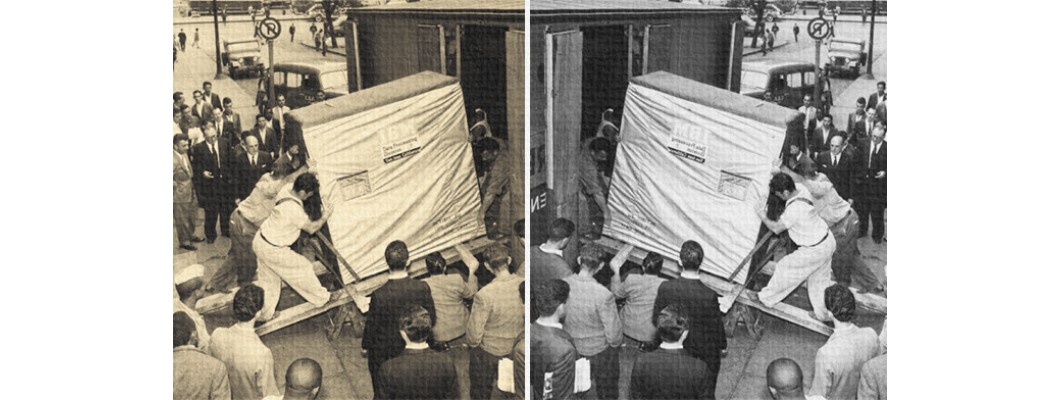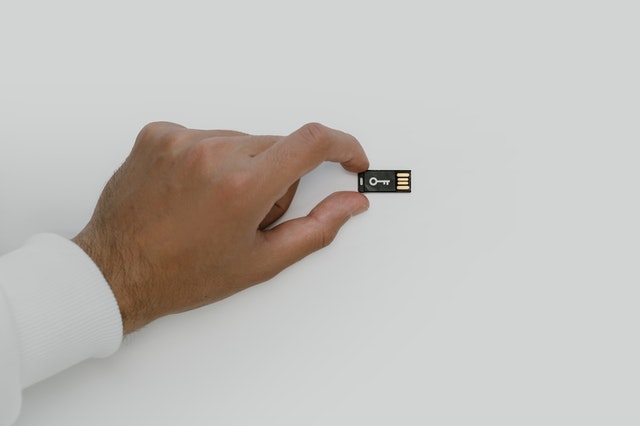The First Memory Card Needed 10 Men to Carry

The First Memory Card Needed 10 Men to Carry.
Count your blessings that you don't have to lug around a large hard drive to store your photos. We've come a long way since then!
In the box above lifted by a group of men in 1956, there was a 5MB IBM hard drive. You're probably looking for a lot more storage space than 5MB today, aren't you?
Any company could rent this storage space for $3,200 per month. That was a lot of work.
Considering how large that hard drive would be today when average smartphone is 16gb (16,000MB)! You would need 3,200 boxes and 32,000 men to carry your phone.
External Hard Drives and Portable Backup Systems: A Brief History

Hard drives, also known as hard disc drives (HDDs), were created by IBM and dominated the market for nearly 30 years.
In 1953, they identified a need for this type of technology, and the first hard drive was invented and patented in 1956 in IBM's San Jose, California laboratory. Since then, hard disc drive technology has evolved to meet commercial demands, and they have also become much easier to use.
External hard disc drives, which were once the size of refrigerators, are now only a few inches long and can store several gigabytes, if not terabytes, of data. External hard drives are an excellent way to back up and protect data.
Flash Memory History

Fujio Masuoka invented the term “Flash Memory.” It was appropriately named due to its high-speed ability to erase contents, similar to a camera's flash. Though the concept of flash memory was developed in the early 1980s, the first commercial memory card format, PC Cards, did not appear until 1990.
A memory card is a flash memory storage device that stores digital data. They were intended for use with portable devices such as digital cameras, mobile phones, laptops, tablets, and, in some cases, video game consoles. Unlike a hard drive, a memory card is a solid state device, which means it has no moving parts. Saving photos, videos, and other files to an SD card is done electronically rather than manually.


-260x260w.png)





-260x260w.jpg)









-260x260w.jpg)



-260x260w.jpg)

































-190x190w.png)





-190x190w.jpg)











Leave a Comment